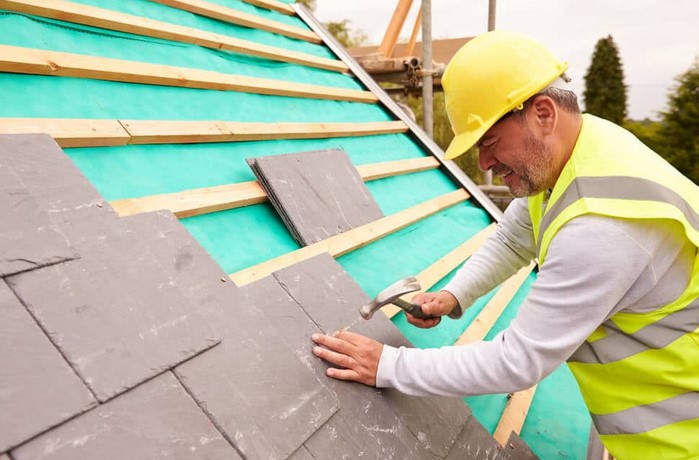
As environmental awareness continues to shape modern architecture and lifestyle choices, the use of sustainable roof materials has become a prominent priority in both residential and commercial construction. Eco-conscious homeowners are increasingly seeking roofing solutions that not only reduce environmental impact but also improve energy efficiency and long-term durability. With a variety of green roofing options now available, choosing the right material can significantly influence a building’s ecological footprint, thermal performance, and overall value. This article explores the advantages of sustainable roofing, popular eco-friendly materials, and how to choose the best option for your needs.
Benefits of Choosing Eco-Friendly Roofing
Reduced Environmental Impact
Traditional roofing materials often require resource-intensive manufacturing processes and may contribute to pollution during production and disposal. In contrast, sustainable roof materials are typically made from recycled, renewable, or biodegradable components. These alternatives reduce landfill waste, greenhouse gas emissions, and the consumption of non-renewable resources.
By using materials that last longer and are recyclable at the end of their life span, homeowners can significantly decrease the environmental cost of replacing a roof every few decades. In some cases, sustainable roofs can even contribute to carbon sequestration or improved biodiversity, depending on the system used.
Improved Energy Efficiency
One of the most immediate benefits of a sustainable roof is improved energy efficiency. Many eco-friendly materials have high solar reflectance, meaning they reduce heat absorption and help maintain comfortable indoor temperatures. This is especially important in warm climates, where energy savings from reduced air conditioning use can be substantial.
Additionally, some materials, like green roofs or solar-integrated shingles, offer added insulation or energy production, further lowering energy bills and reducing reliance on nonrenewable power sources.
Increased Property Value and Durability
Homebuyers are increasingly interested in environmentally responsible homes. Sustainable roofing can enhance a property’s appeal and resale value by showcasing a commitment to eco-conscious living. These materials also tend to be more durable, with longer warranties and lower maintenance requirements, contributing to long-term cost savings.
Many sustainable roofs are designed to withstand extreme weather conditions, such as heavy rainfall, hail, or strong winds. This resilience reduces the likelihood of damage and the associated costs of repairs or replacements.
Popular Types of Sustainable Roof Materials
Metal Roofing
Metal roofs, especially those made from recycled steel or aluminum, are among the most durable and recyclable roofing options available. Their reflective surface reduces heat absorption, improving a building’s energy efficiency. Metal roofs can last up to 50 years or more and are often coated with non-toxic finishes to enhance performance and aesthetics.
Additionally, metal roofs are fire-resistant and require minimal maintenance, making them a reliable choice for both residential and commercial properties.
Clay and Concrete Tiles
Clay and concrete tiles are natural, long-lasting materials that offer excellent thermal insulation and weather resistance. While heavier than other roofing types, their mass allows for greater heat retention in winter and reduced heat penetration in summer. These materials are also recyclable and can often be produced with minimal environmental impact.
Modern manufacturing techniques have improved the appearance and performance of clay and concrete tiles, making them suitable for a wide range of architectural styles.
Recycled Shingles
Recycled shingles are made from repurposed materials such as rubber, plastic, or wood fiber, diverting waste from landfills and giving new life to previously discarded items. These shingles mimic the look of traditional asphalt or slate roofs but offer superior durability and eco-friendliness.
Rubber shingles, for example, are flexible and impact-resistant, while plastic variants are lightweight and UV-resistant. Their production involves less energy and fewer emissions compared to standard shingles, making them a popular choice for green building projects.
Green Roofs
Green roofs, or living roofs, involve growing vegetation on a waterproof membrane installed over a flat or gently sloped roof. These systems provide insulation, reduce stormwater runoff, and create habitats for urban wildlife. While the initial installation may be more complex, green roofs offer a range of environmental and aesthetic benefits.
They are particularly popular in urban areas, where they can help counteract the heat island effect, improve air quality, and even serve as community gardens or recreational spaces.
Key Considerations When Choosing Sustainable Roof Materials
Climate and Environmental Conditions
Selecting the most appropriate sustainable roofing depends on your local climate. In hot, sunny regions, reflective materials such as metal or light-colored clay tiles help reduce cooling costs. In colder climates, materials with high insulating properties, like green roofs or dense tiles, may be more beneficial.
Homeowners should also consider local environmental challenges—such as hurricanes, snow loads, or wildfires—when evaluating a material’s suitability and resilience.
Cost vs. Long-Term Savings
While sustainable roof materials often come with a higher upfront cost, the long-term savings in energy bills, maintenance, and replacement can outweigh the initial investment. It’s important to weigh the material’s life span, warranty coverage, and potential tax incentives or green building credits when making a decision.
Aesthetic and Architectural Compatibility
The roof is a prominent visual element of any home, and sustainable materials are now available in a wide variety of styles, colors, and textures. Whether you prefer the sleek look of metal, the traditional appearance of shingles, or the natural charm of a green roof, eco-friendly materials can be tailored to complement your home’s architecture.
Choosing sustainable roof materials is a forward-thinking decision that reflects both environmental responsibility and practical living. From recycled shingles and metal panels to living roofs and natural tiles, there are numerous options that blend performance, aesthetics, and eco-conscious values. As the demand for green building solutions continues to rise, integrating sustainable roof materials into your home design not only helps preserve the planet but also adds value, efficiency, and long-term durability to your property.
 An outside structure with several make use of is a pergola. The structure is an adorable addition to your house and provides shelter from the heat of the sun & rain.
An outside structure with several make use of is a pergola. The structure is an adorable addition to your house and provides shelter from the heat of the sun & rain.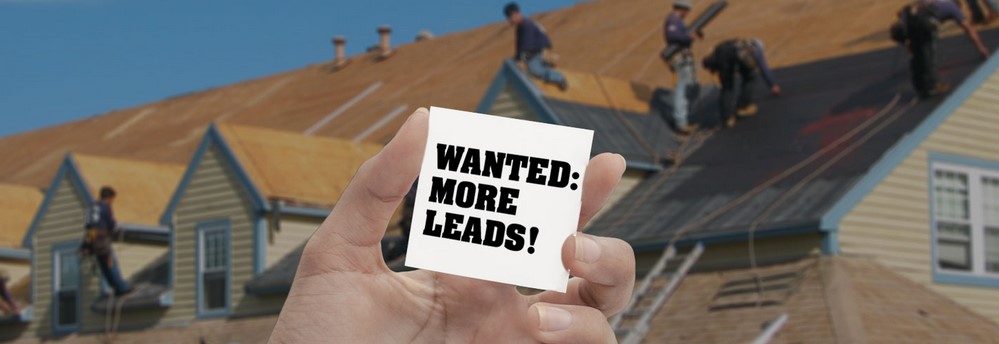
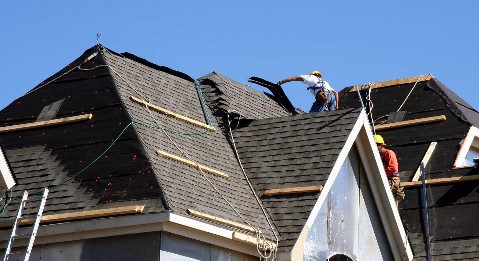 One of the biggest problems for homeowners is choosing the right contractor to do the necessary repairs. A storm can often be quite damaging to your roof and it may require a necessary repair, but don’t just accept the first company you come across. Homeowners have to find the contractor who is professional, that can be trusted, and who is honest.
One of the biggest problems for homeowners is choosing the right contractor to do the necessary repairs. A storm can often be quite damaging to your roof and it may require a necessary repair, but don’t just accept the first company you come across. Homeowners have to find the contractor who is professional, that can be trusted, and who is honest.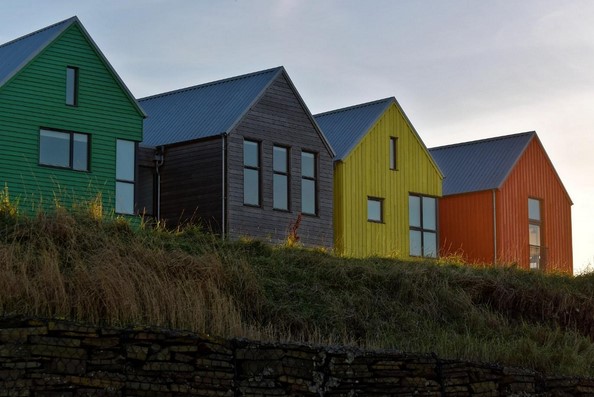 Painting your roof can be one of the best ways to bring your home to life and restore its aesthetic. However, years of seeing peeling paint on galvanized roofs, or having to paint and repaint fences made from galvanized steel has put a lot of people off the idea of painting their roof.
Painting your roof can be one of the best ways to bring your home to life and restore its aesthetic. However, years of seeing peeling paint on galvanized roofs, or having to paint and repaint fences made from galvanized steel has put a lot of people off the idea of painting their roof.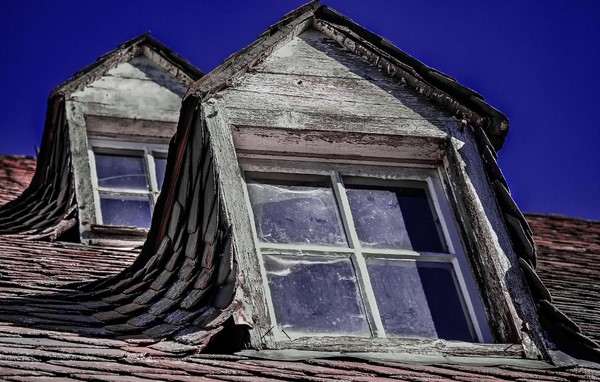

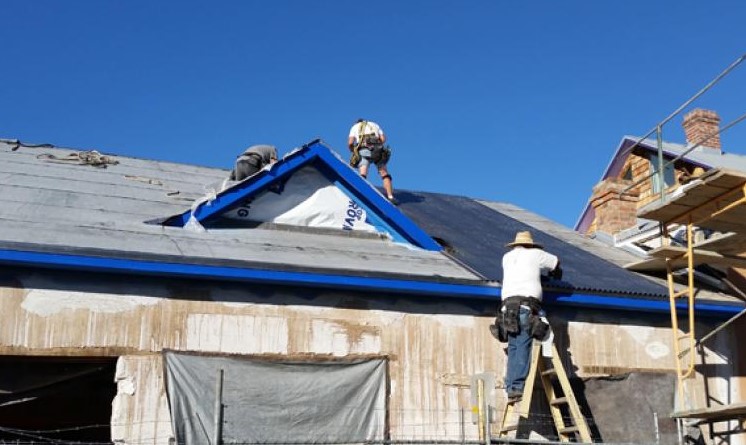
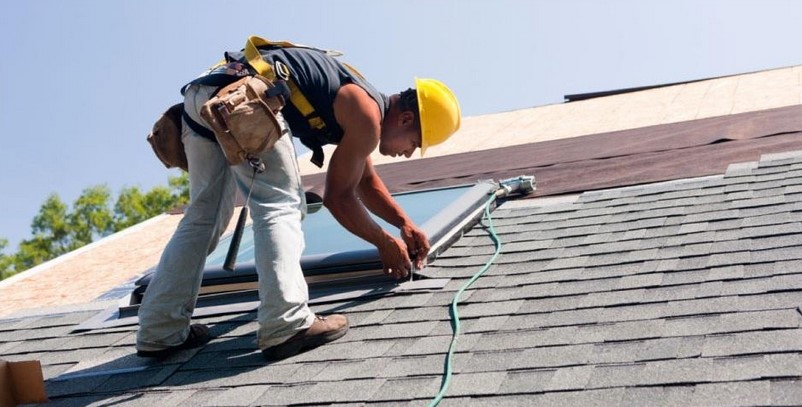
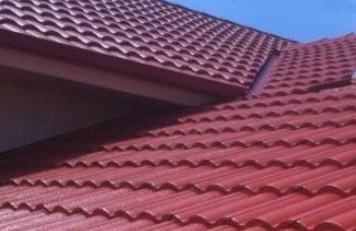

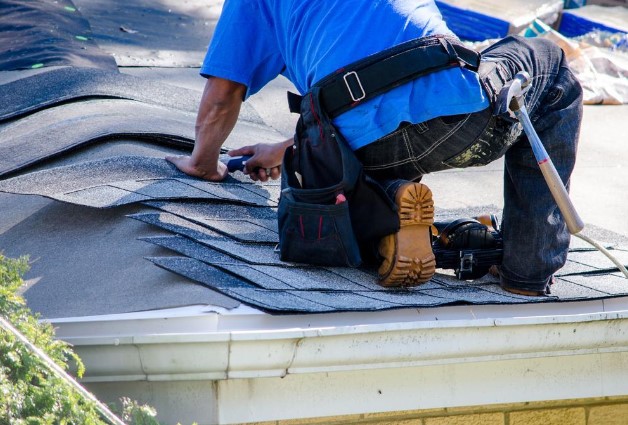 As we move into the spring heralded by the month of March, it’s important that you take a critical assessment of your home to be sure that you’re well prepared for the upcoming season. What may appear as minor problems can result to severe damages that can cost a lot to fix.
As we move into the spring heralded by the month of March, it’s important that you take a critical assessment of your home to be sure that you’re well prepared for the upcoming season. What may appear as minor problems can result to severe damages that can cost a lot to fix. 
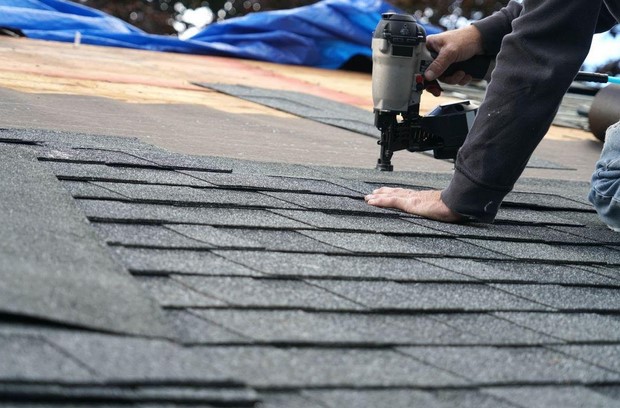 Maintaining your home properly will make it last, but when it comes to the roof, it’s much better to call the pros than go up there alone. More than 50 professionals die every year by falling off while being at work. See more about this on the
Maintaining your home properly will make it last, but when it comes to the roof, it’s much better to call the pros than go up there alone. More than 50 professionals die every year by falling off while being at work. See more about this on the 